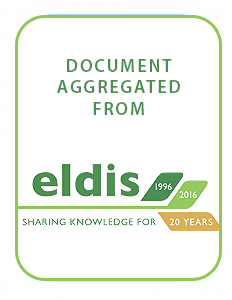Protecting carbon to destroy forests: land enclosures and REDD+
This paper argues that REDD+ will not stop forest destruction developing countries and the underlying causes of deforestation remain untouched. The paper suggests that because REDD+ is embedded in the logic that environmental destruction in one location can be ‘compensated’ in another, it acts to reinforce the underlying drivers of deforestation and climate change. It also gives forest destroyers a way to legitimise their actions as environmentally ‘friendly’ or ‘carbon neutral’.

